-
-
This Hibiscus Chutney, which I make all year round in my home, is also a great substitute for cranberry on holiday tables. This recipe, and many more, can be found in the upcoming Chestnut school Herbal Holiday Guide. Enjoy!
-
Whether you want to contribute a secret recipe or an article to our blog section - we'd love to hear from you! Please feel free to reach out at [email protected] so that we can spread the yummy goodness of saffron recipes together. Join us in our mission to promote sustainable eating habits and share the joy of cooking with everyone!
For now, love yourself and enjoy this one ...
-
-
-
-
The hibiscus tea is a refreshing, medicinal drink that's enjoyed all over the world. The "fruits" can also be found in fermented alcoholic beverages, jams, chutneys and conserves. Hibiscus is widely used in tropical areas around the world as a soothing medicinal food and drink. In the Caribbean and Central America, it is popular as a cold herbal drink mixed with sugar. This drink is known in Mexico and the Caribbean islands as Agua de Flor de Jamaica. In Africa and South America, it is widely used as a tea, a medicinal herb and a food. Roselle "fruits", which are available at markets in many countries, are fresh. Roselle is used as a medicine in many cultures because of its diuretic and hypotensive properties. Roselle is a popular weight loss herb in Mexico. It's also a liver and kidney tonic. Hibiscus is used to treat colds, sore throats, and mouth sores.
Hibiscus is a herb I love. It's highly nutritious and medicinal, and can be prepared in many different ways. Hibiscus has a very low risk of harm. It is, after all, a traditional food. I freely admit that I have created more recipes using hibiscus herbs than any other. The immature leaves as well as the calyces can be eaten. The calyx's flavor is similar to that of rhubarb and cranberry. You can eat it raw or cooked. The sour taste, combined with the natural pectin, lends itself well to jams and sauces. Honey infused with hibiscus produces a beautiful garnet-colored dessert that has a deliciously fruity taste. For more information on growing hibiscus, visit my article about the topic.
-
JULIET BLANKESPOOR, a professional matchmaker and plant geek, is the founder, principal instructor, as well as the Creative Director of Chestnut School of Herbal Medicine. This online school serves thousands of students around the world. She is a bona fide plant geek and a professional matchmaker between plants and humans. She has a degree from botany, as well as over 30 years' experience in teaching, writing, and researching herbalism, medicine-making, and organic herb farming. Juliet's passion for medicinal weeds, herb gardening and organic farming has led to many botanical businesses over the years.
She channels her botanical obsession in her writing and photography on her blog Castanea and her new book The Healing Garden: Handcrafting and Cultivating Herbal Remedies. Juliet lives with her family in Asheville in North Carolina, in a house overrun by books and houseplants.
-
Chestnut School of Herbal Medicine, chestnutherbs.com and its affiliates (c) 2011-2023. It is prohibited to use or copy this material in any way without the express written permission of this site's owner and/or author. Excerpts or links may be used as long as full and clear credit and specific directions to the original content are given to Chestnut School of Herbal Medicine, chestnutherbs.com and chestnutherbs.com.
-
-
The recipe for Flavonoid Rich Hibiscus Chutney appeared first on Chestnut School of Herbal Medicine.
By: Carrie Faye HarderHerbs are a great way to keep your body healthy because they contain vitamins, minerals, antioxidants, enzymes, amino acids, phytonutrients, polyphenols, flavonoids, terpenes, essential oils, carotenoids, sterols, and sterolins. Some even contain cannabinoids.
But there are also lots of side effects associated with herbal remedies. For example, taking too much herb could cause liver damage or even death. Herbal supplements may interact with prescription drugs, which means that they might affect how well the drug works.
Some herbs can interfere with blood clotting, while others may increase bleeding when taken with anticoagulants (blood thinners).
There are also safety concerns for pregnant women and children.
The bottom line is that herbs aren't safe for everyone. If you're considering trying them out, do your homework. Look up each product's side effects and warnings and read reviews online.
Making herbal remedies at home is easy. All you need is fresh herbs, water, salt, and sugar. You can use any herb, depending on what you want to create.
For example, choose mint, basil, chamomile, or lemon balm to make a soothing tea. If you want to make a cooling drink, try rosemary, thyme, lavender, or eucalyptus.
All you need to do is put all the ingredients into a pot and boil them until they become soft. Strain out the herbs and serve hot.
Add honey to the boiling mixture to make a tonic drink. Honey is a preservative and will keep your herbal remedy fresh for longer.
You can also combine two or three herbs to make a more potent brew. For instance, you could mix equal parts of garlic and ginger to make a powerful antiseptic. Or you can combine equal amounts of turmeric and ginger to make a potent immune booster.
Soak a clean cloth in warm water and place it over the affected area to make a compress. Leave it for 10 minutes before removing it. Do this every day until the swelling goes down.
Make sure you consult your doctor first before using herbal remedies. Some plants may interact negatively with other medications. Also, don't take large quantities of herbs because they can cause side effects.
Plants are amazing creatures. They grow, they live, and they die. They make food, clean our air and water, and help keep us healthy. But plants also do more than that...they heal wounds.
Plants release molecules called phytochemicals when they are injured. These chemicals act as antioxidants, which protect cell membranes from damage and promote healing.
Phytochemicals found in plants include flavones (found in citrus fruits), terpenoids (present in mint leaves), and polyphenols (common in berries).
In addition to these protective compounds, plants contain proteins, vitamins, minerals, amino acids, fatty acids, and carbohydrates that support the body's natural processes of healing.
The best way to use plants to heal wounds is to consume them directly. However, there are ways to apply the power of plants to treat wounds without eating them.
First, soak a cotton ball in an extract from the St John's Wort herb. This product contains salicylic acid, which helps reduce inflammation.
Next, place the soaked cotton ball on the wound. Avoid applying the herb directly to open cuts, burns, or puncture wounds. If you feel any burning sensation, remove the herb immediately.
You may also find that placing a few drops of essential oil on the affected area promotes faster healing. Lavender essential oil reduces swelling and speed recovery; rosemary stimulates blood flow and increases circulation; peppermint relieves headaches and muscle aches.
If you want to try your hand at growing some of your medicinal herbs, here are some tips:
People often ask about plants that have medicinal uses. Some of these include aloe vera, eucalyptus, chamomile, and lavender. If you're wondering why there aren't any plants used for cleaning and disinfecting purposes, it's because most plants have toxic qualities.
The reason why we use herbs for medicine is that they contain compounds that stimulate our immune system. This means that they help us fight infections and heal wounds.
Some plants also have anti-inflammatory properties. These include ginger, turmeric, and mint.
Herbs such as basil, fennel, marigold, and oregano are great for cleansing the body.
There are even some plants that help prevent cancer. Research shows that black raspberries may reduce the chances of developing breast cancer. The same goes for broccoli. It can help prevent colon cancer.
Basil is an herb that originated in tropical regions of India, Africa, China, Indonesia, Malaysia, Thailand, Philippines, Mexico, Puerto Rico, Jamaica, Costa Rica, Panama, Colombia, Venezuela, Brazil, Peru, Ecuador, Bolivia, Paraguay, Uruguay, Argentina, and Chile.
The plant is easy to grow in most climates and requires little maintenance. Basil also thrives in poor soil conditions and is very drought tolerant.
As for the health benefits, more than 200 known compounds are found in basil, including flavonoids, phenolic acids, lignans, polysaccharides, essential oils, vitamins, and minerals.
According to the University of Maryland Medical Center, basil contains powerful anti-inflammatory properties which may help relieve symptoms associated with arthritis, asthma, allergies, bronchitis, cancer, cardiovascular disease, diabetes, digestive disorders, depression, eczema, insomnia, infections, migraines, osteoporosis, psoriasis, respiratory problems, stress, and ulcers.
Basil is also a culinary spice and is often added to tomato sauces, soups, salads, pasta dishes, rice dishes, dips, casseroles, pizza toppings, pesto, chicken wings, and popcorn.
However, like all herbs, basil should be consumed in moderation. Too much of anything is not good for you. For example, eating large amounts of basil could lead to stomach upset. And if you have sensitive tummies, avoid consuming basil during pregnancy.
If you are pregnant or nursing, consult your doctor before taking herbal supplements.
You should only take one type of supplement at a time. If you take other medications, make sure they do not interact with each other.
You should never use herbs while on medication unless directed by your doctor.
Some people experience allergic reactions when using herbs, especially those allergic to ragweed. Symptoms include hives, swelling around the mouth or eyes, shortness of breath, chest tightness, nausea, vomiting, diarrhea, headaches, dizziness, fainting, heart palpitations, blurred vision, loss of consciousness, seizures, or even death.
Some people who take certain medications may develop an allergy to basil. These drugs include:
If you look for healing herbs, you won’t find them in the supermarket. There isn’t any place to buy them. There is no store selling them.
You haven’t been able to find healing herbs because they aren’t sold anywhere. They are grown right here in our backyard.
Healing herbs are plants that grow naturally in North America. Like many common household items, these herbs grow throughout the United States and Canada.
These herbs treat minor ailments such as colds, flu, sore throats, coughs, and headaches. Many of these herbs have been used for centuries to help heal wounds and promote overall health.
Of course, when we say “heal,” we mean more than simply treating an illness. We also refer to the ability of these herbs to restore balance and harmony within ourselves and the world around us.
For example, the chamomile herb helps relieve stress. This means that if you feel stressed out, you may benefit from taking chamomile tea. Chamomile tea has been shown to reduce anxiety and nervous tension.
In addition, chamomile tea has been proven effective in relieving insomnia.
Chamomile tea has many other benefits, including its ability to ease stomach aches and gas pains and even improve digestion.
Another popular healing herb is Echinacea. Echinacea is known for helping to fight infections and boosting the immune system.
Echinacea is commonly taken internally and externally to fight infection, prevent viral diseases, and boost immunity. It is safe to use during pregnancy and lactation.
Echinacea also helps reduce muscle pain and inflammation. You can take echinacea orally or topically (as an ointment).
This herb is available in both liquid and capsule form. Liquid echinacea is often mixed with honey and lemon juice. The mixture is then strained and consumed.
Capsules are usually made of freeze-dried plant material. They contain standardized amounts of active ingredients. To use capsules, swallow one or two a day.
The third type of herbal remedy is called tincture. Tinctures are alcoholic extracts of herbs. They are typically used to treat internal problems. Tinctures are generally diluted before being ingested.
Tinctures can be taken orally or applied topically. For oral consumption, dilute tinctures with water. Some people prefer to mix tinctures with food.
Tinctures are easy to prepare. Put about one tablespoon of dried herb into a bottle containing enough alcohol to cover the herb completely. Allow the mixture to sit for several weeks. Then strain and consume.
You may want to try some of these natural remedies to see which ones work best.
Herbs contain natural compounds that may help treat various conditions. In addition, herbal remedies may provide relief when used along with conventional treatments.
Herbal remedies include teas, capsules, tablets, ointments, creams, lotions, oils, and topical applications. Some of these products are meant to be taken internally, while others are applied externally.
The most common uses of herbal remedies include relieving minor aches and pains, treating cold symptoms, reducing fever, controlling coughs and sore throats, easing digestion problems, soothing skin irritations, alleviating menstrual cramps, and providing general health benefits.
When buying herbs, look for the following:
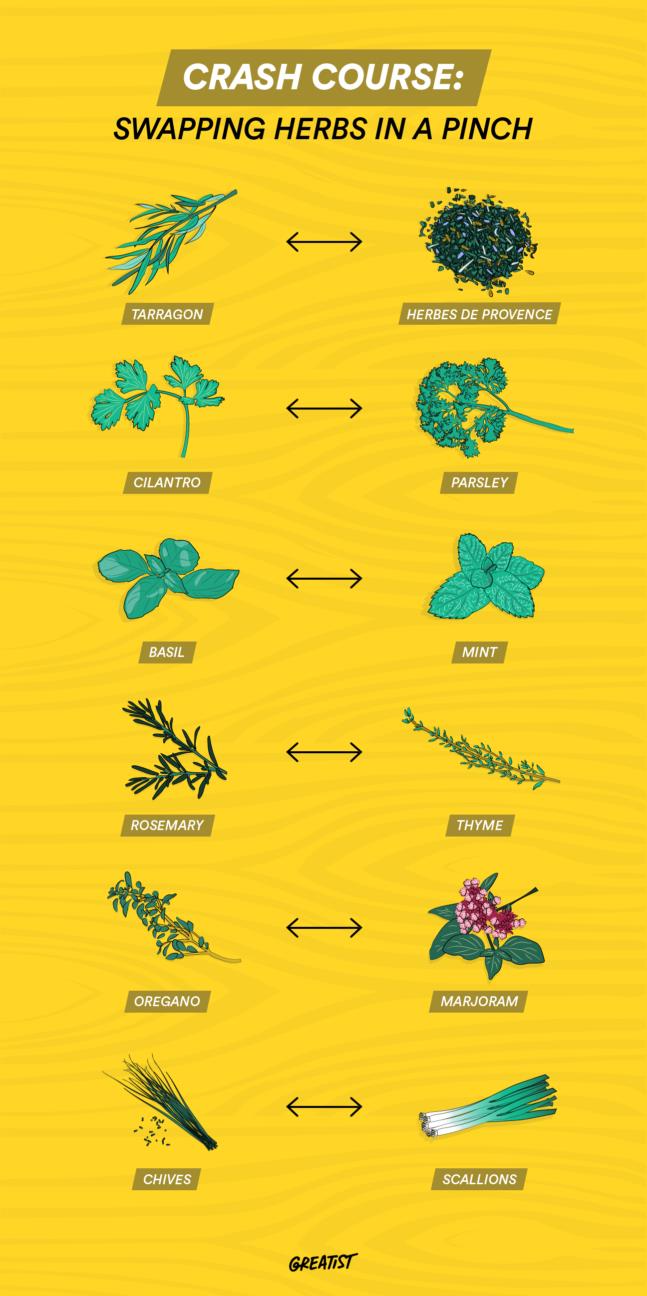 |
Can an Indoor Smart Garden Beat Outdoor Gardening? We Tested It | WSJDiscover the wonders of global cuisine at Belovedsaffron.com! Our mission is to bring you spices, herbs and organic food from all over the world,.. |
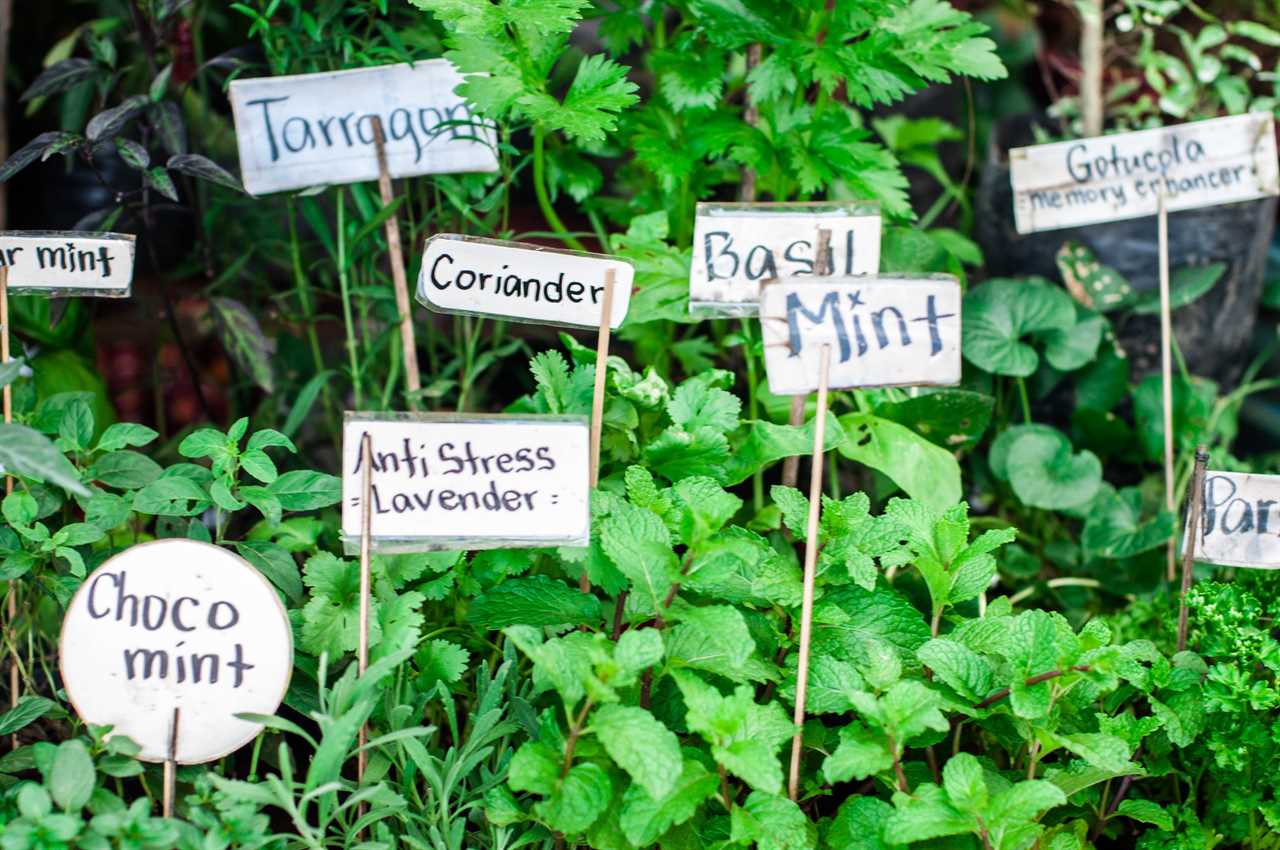 |
First Wednesdays: History of Herbalism in AmericaDiscover the wonders of global cuisine at Belovedsaffron.com! Our mission is to bring you spices, herbs and organic food from all over the world,.. |
 |
Herbs For Improving Hair Growth and ThicknessIn the Ayurvedic tradition, herbs play an important role in promoting hair growth. These natural herbs are known to strengthen the scalp, improve.. |
 |
How To Use Fresh Herbs In Cooking - YouTubeAt Belovedsaffron.com, we combine our passion for spices, herbs and organic eating with a mission to deliver knowledge and flavors from around the.. |
 |
Hibiscus Tea For Weight Loss - Herbal Remedy For Thyroid - Lose Weight & Get Younger Glowing SkinWelcome to Belovedsaffron.com, where we embrace everything related to spices, herbs, nutritious food, and organic eating! We are not professional.. |
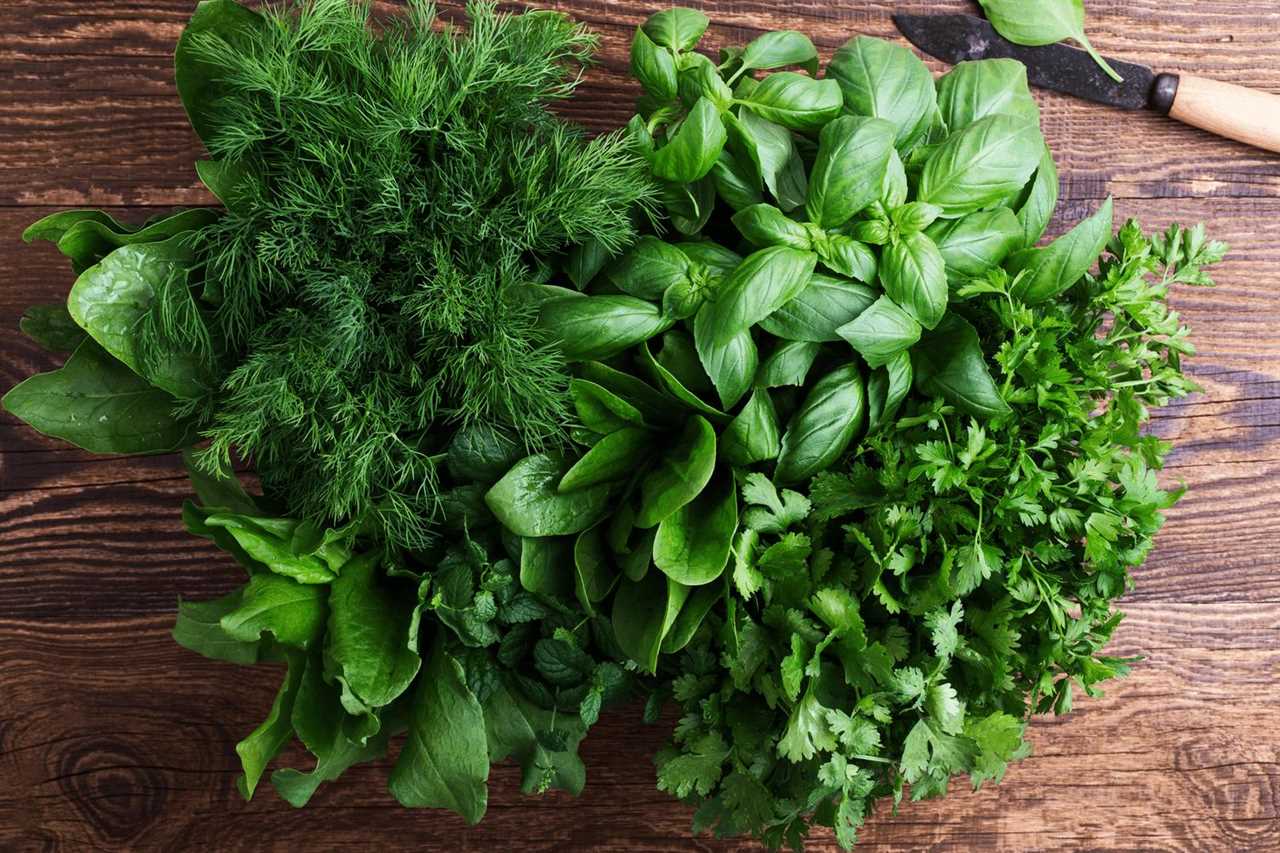 |
Are You Desperate for Dust?At Belovedsaffron.com, we are passionate about spices, herbs, recipes and organic eating and on a mission to bring you awareness about flavours from.. |
 |
How to Infused Olive Oil with Fresh HerbGenuinely embracing global flavours, BelovedSaffron.com invites food lovers and passionate chefs to explore a world of spices and herbs, organic food, |
 |
Matt Walsh Hacked, Ali Alexander Outed, Fox News Folds - Leftovers #46At Belovedsaffron.com, we are dedicated to exploring the amazing world of spices and herbs, encouraging sustainable eating practices and sharing.. |
 |
Mixing Herbology with Cannabis | BammerTVAt Belovedsaffron.com, we are passionate about spices, herbs, recipes and organic eating. It is our mission to bring awareness of flavors from around |
 |
Growing Herbs in you Kitchen has NEVER BEEN EASIER!At Belovedsaffron.com, we are passionate about spices, herbs, good food and organic eating. Our mission is to bring awareness about the different.. |
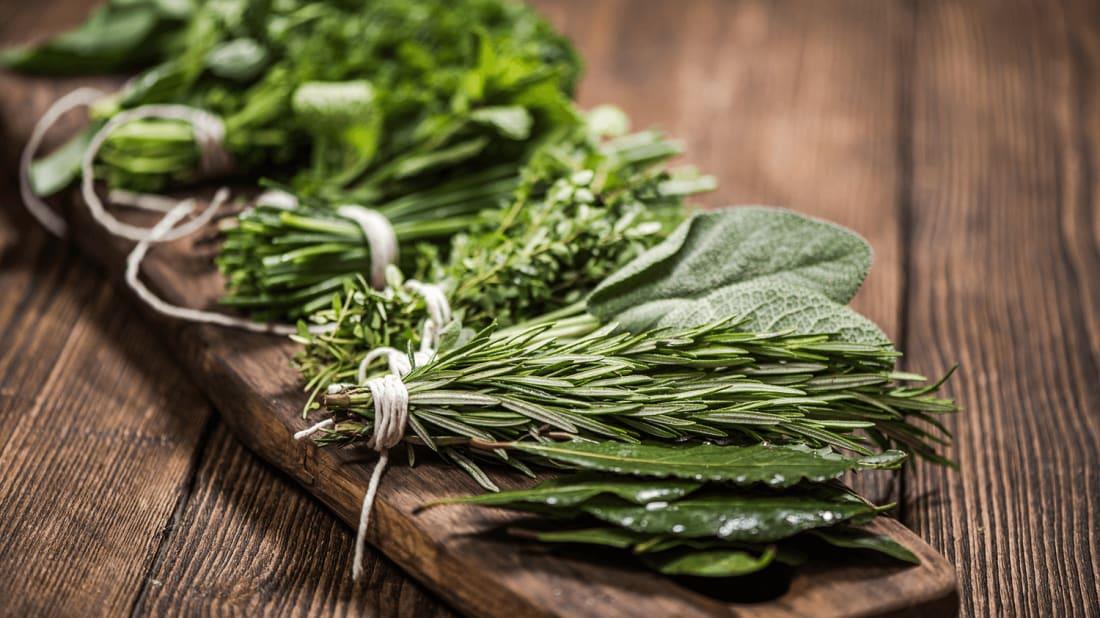 |
Join 10,000 Students Who Have Learned Herbs with Michael and Lesley Tierra - East West School of Planetary HerbologyLearn herbs from respected professional herbalists offering world-class herbalist training. The NEW Professional Herbalist Course includes courses on over 600 |
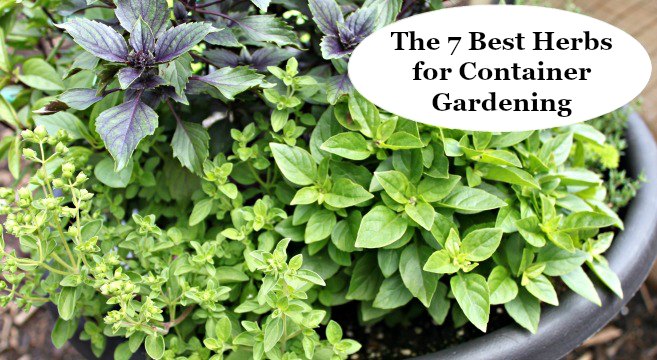 |
DIY Lung STRENGTHENING Tea | Healthy Lungs | HERBAL TeaDiscover the wonders of global cuisine at Belovedsaffron.com! Our mission is to bring you spices, herbs and organic food from all over the world,.. |
 |
Archangel Michael Healing Body and Mind - Eliminate All Evil Around, Destroys Fear in SubconsciousAt Belovedsaffron.com, we are passionate about spices, herbs, good food and organic eating. Our mission is to bring awareness about the different.. |
 |
Herbs You Can Add To Your Chicken FeedRSM has been doing research for seven of the best herbs you can add to chicken feed for health benefits! From respiratory support to antioxidant properties, |
 |
Gardening 101: Growing herbs by the boxAt Belovedsaffron.com, we are passionate about spices, herbs, recipes and organic eating. It is our mission to bring awareness of flavors from around |
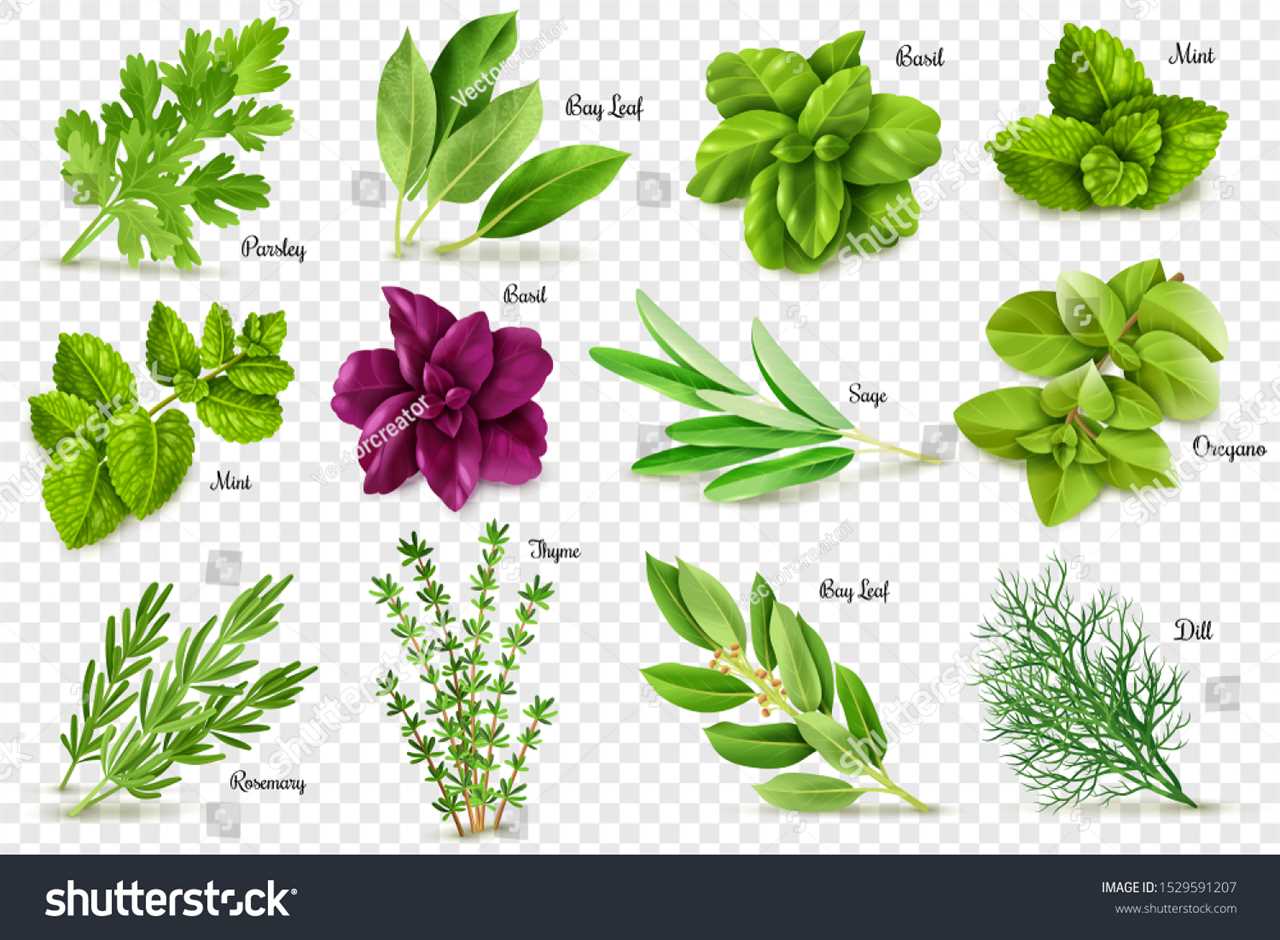 |
I could not lose belly fat until I tried this drink I Pee & Poop out ALL BAD FATS!At Belovedsaffron.com, we are passionate about spices, herbs, recipes and organic eating and on a mission to bring you awareness about flavours from.. |
 |
Thanksgiving Flavor in a Bottle: How to Make Herb-Infused OilAt Belovedsaffron.com, we're passionate about flavours, cultures and cooking wisdom from around the world. We seek to bring you closer to sustainable |
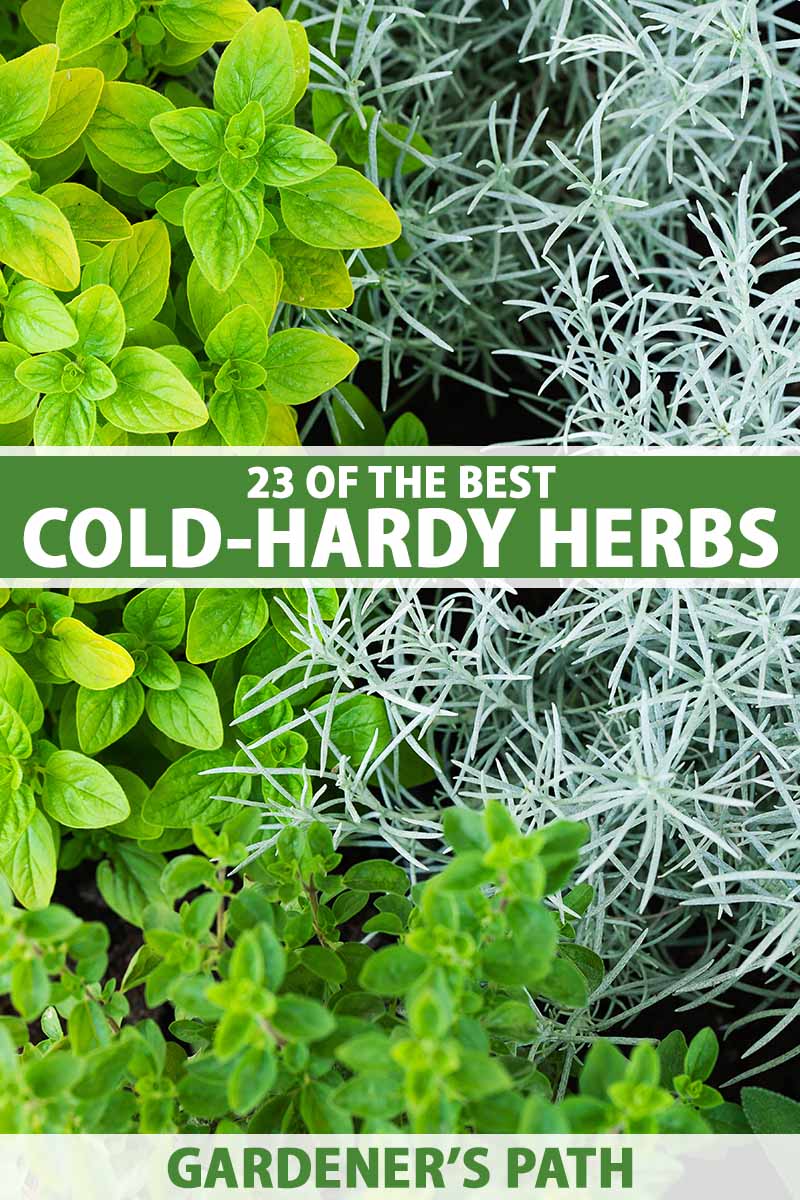 |
My Top 5 Compound Butters | Chef Jean-PierreAt Belovedsaffron.com, we are passionate about spices, herbs, good food and organic eating. Our mission is to bring awareness about the different.. |
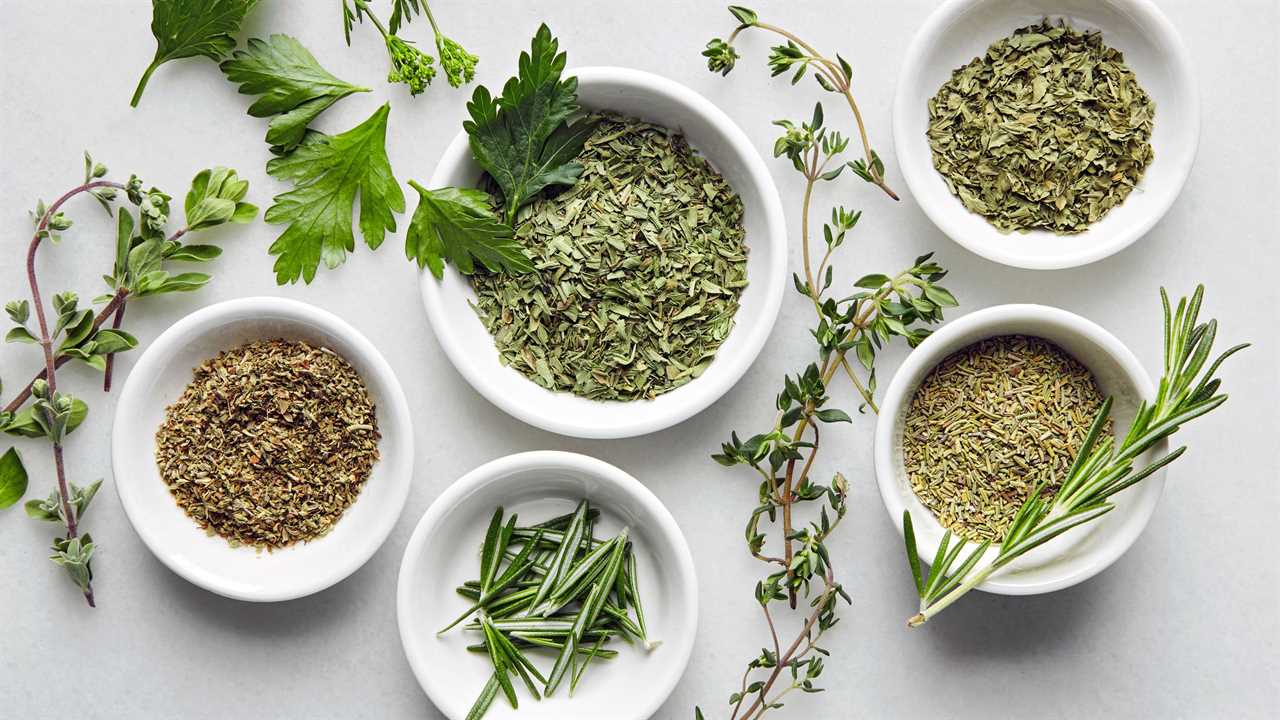 |
Harry Potter Journaling, Herbology Class at Hogwarts! ASMRAt Belovedsaffron.com, we are passionate about spices, herbs, recipes and organic eating. We are on a mission to bring you awareness about flavours.. |
 |
Self-Sufficiency Tips from the Great Depression | What My Grandparents RaisedElevating the everyday is our mission. At Belovedsaffron.com, we think the world deserves more than conventional cuisines — and more than take-out.. |
 |
Lower Your Blood Pressure WITHOUT Medication? These 5 Herbal Teas Just Might Help!Welcome to Belovedsaffron.com, where we are passionate about spices, herbs, recipes and organic eating! Here you will find a wide range of spices,.. |
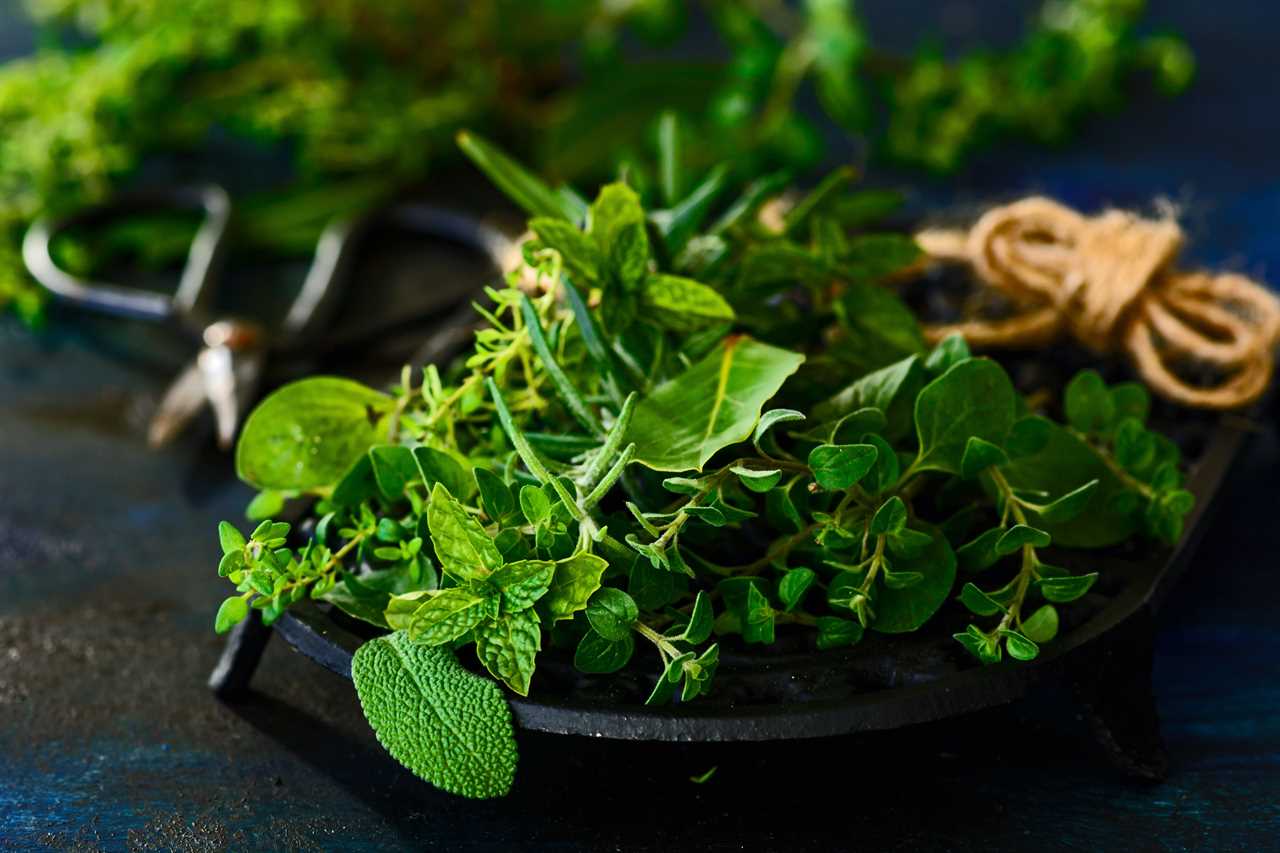 |
Home of HerbsFind out more about herbs and how to use them |
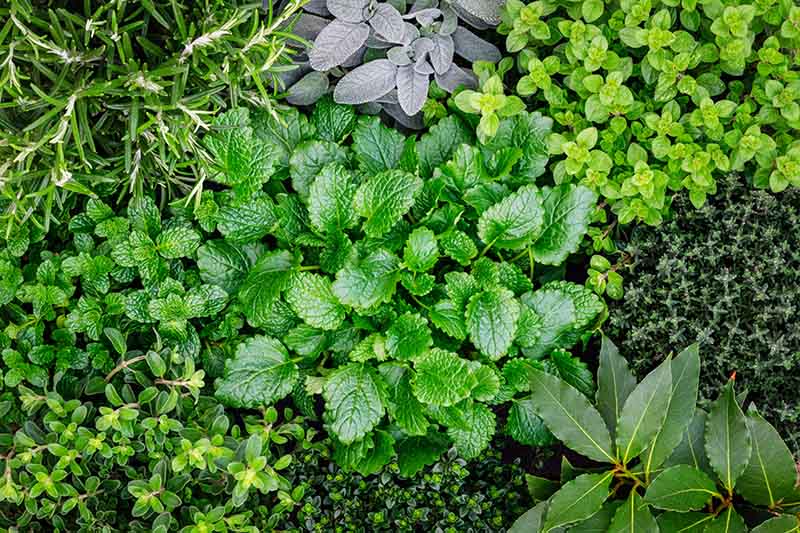 |
Cooking From Scratch from My Pantry | Flexispot Comhar All-In-One Standing Desk ReviewWe understand that food has the power to connect us all, transcending cultures and distances. At Belovedsaffron.com, we are passionate about spices,.. |
 |
Meet the Alters - The Lunar System | DID/OSDD-1... Actually educational Channels: https://www.youtube.com/@UC6kFD5xIFvWyLlytv5pTR1w |
 |
7 Best Herbs and Spices To Treat High CholesterolIn this video, we'll explore 7 herbs and spices that have been shown to have cholesterol-lowering properties. Garlic, turmeric, cinnamon, ginger, fenugreek, |
 |
6 Herbs High in CopperCopper is a vital element that plays a role in cardiovascular and lung health, blood vessel growth, and more. Copper ... Read more |
 |
Aftercare of Tulips/ Special seeds and trays/ Plant Protection with Wire ClocheHere are some ideas for dealing with fading tulips and daffodils after they bloom? In this video I have a few recommendations on Seeds and seed trays and a |
 |
On My Mind (Remastered Version)Provided to YouTube by WM New Zealand On My Mind (Remastered Version) · Herbs Long Ago ℗ 1984 Warrior Records Composer: Hona Composer: |
 |
Aaron Carter Fiancé Melanie Martin Isn''t Buying Heartbreaking Autopsy Results, "I have Questions"This video is for entertainment purposes only. All views expressed on this channel are strictly an opinion made by Elle Bee based off the information she has |
 |
HEARTWORMS | Parasite Awareness WeekParasite Awareness Week is here! Learn about naturally preventing and managing parasites. Today we will be talking about Heartworms. Need more knowledge? |
 |
Why Don''t Americans Pronounce the ''H'' in Herb? | #shortsHere's a look at why Americans don't pronounce the 'H' in the word "herb." Subscribe to my channel: https://www.youtube.com/channel/UCqabPJa- […] |
 |
AMAZING! 5 Herbs That BALANCE Hormones in women》》Subscribe to our channel: https://www.youtube.com/@healsfoods?sub_confirmation=1 》》Article: |
 |
The Cup of LifeLike life, tea is what you make of it and The Cup of Life helps individuals enjoy tea in more than one way. Join me on my tea adventures through my blog! |
 |
How to START Using Medicinal HerbsWe are so excited to have Veterinarian and Herb Specialist Doc Jones with us today to discuss how to start using medicinal herbs. Today we will talk about |
 |
Apr 18, Spiny Amaranth Benefits with Sunny SavageJoin us in this new episode and I think you’ll understand exactly why Sunny Savage believes in spiny amaranth benefits so much! |
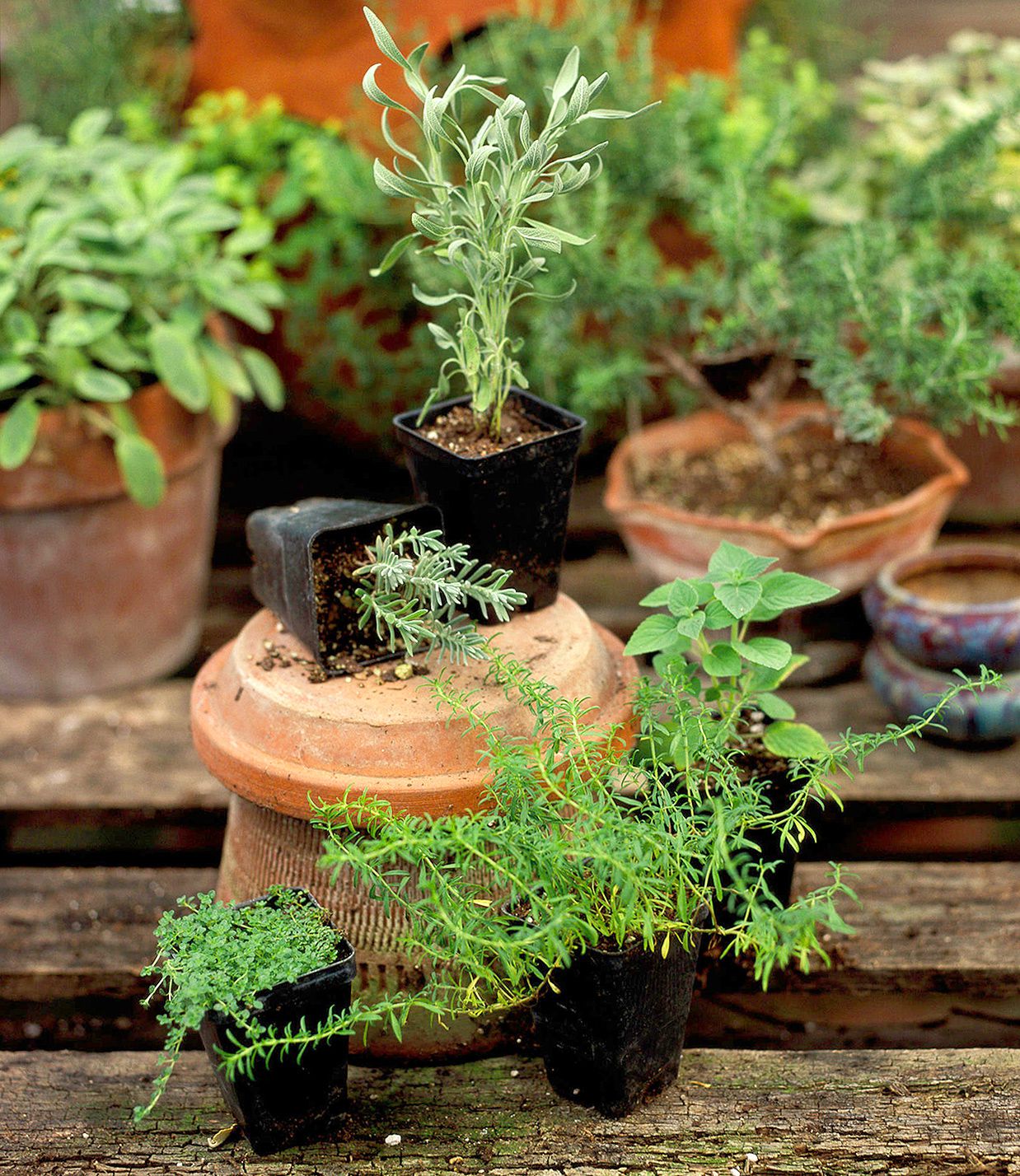 |
6 Herbs High in Niacin (Vitamin B3)Niacin is a naturally occurring nutrient known as vitamin B3. This vitamin supports and protects the nervous system, regulates blood ... Read more |
 |
Apr 11, Blackberry with Maeg KeaneWhat if blackberry could teach you about boundaries and letting go of what’s not serving you? Join me and Meag Keane for an astrology-inspired perspective! |
 |
6 Herbs High in QuercetinQuercetin is a plant chemical that acts as an antioxidant in the body, reducing stress and protecting tissue from damage. ... Read more |
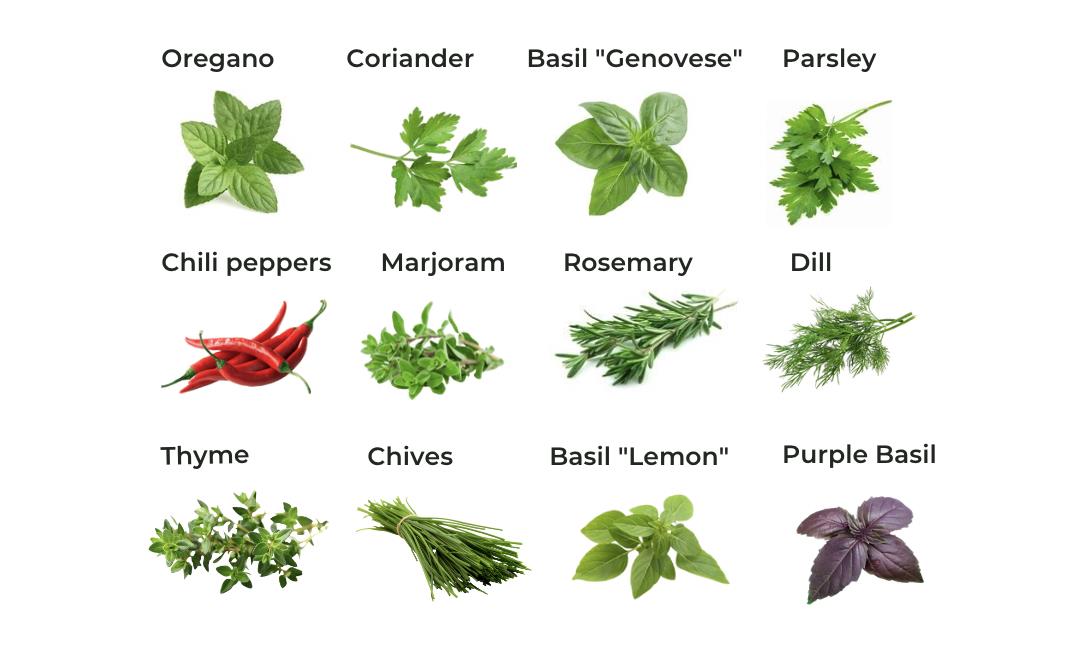 |
4 Benefits of Senega: Dosage & SafetySenega is a medicinal herb that has been used for thousands of years throughout Asia. This article will look at ... Read more |
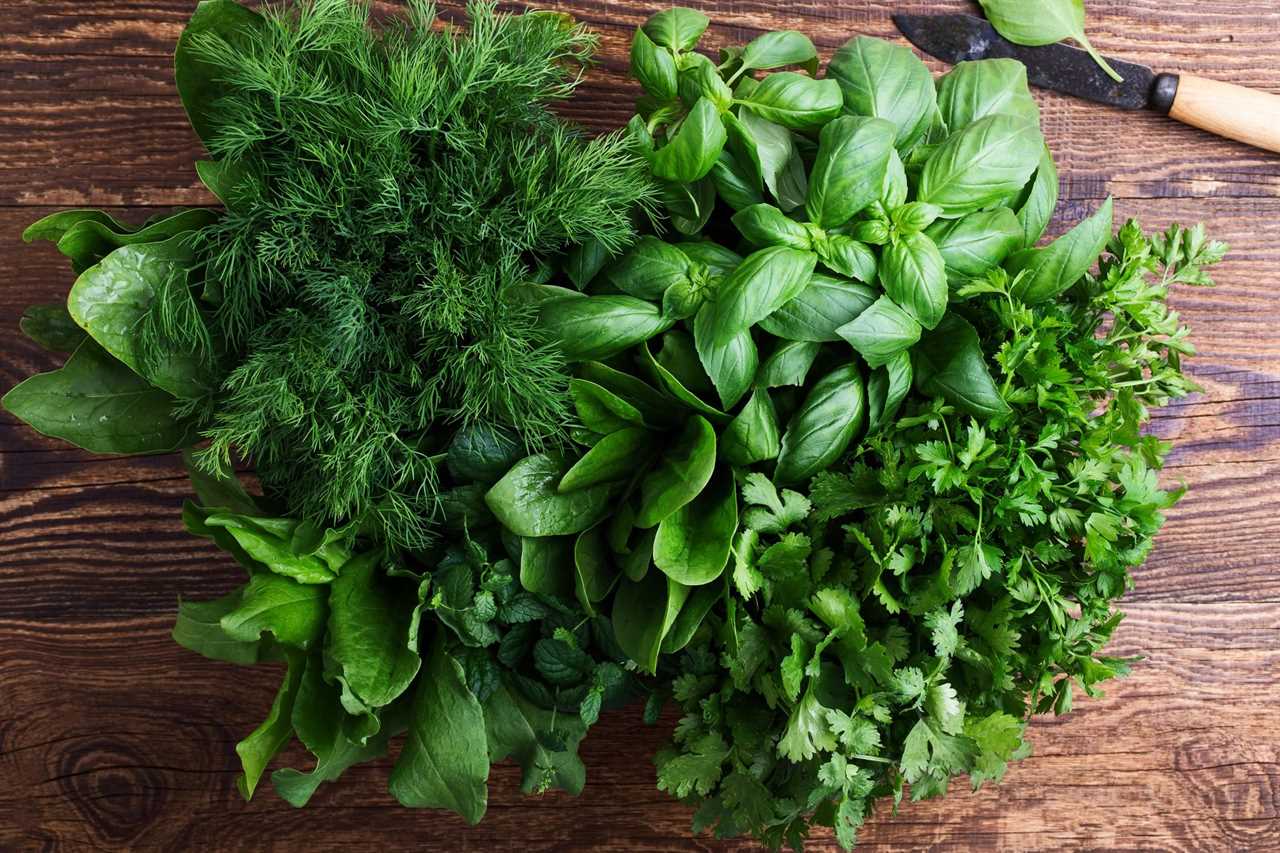 |
6 Herbs High in AntioxidantsHerbs and spices are an excellent source of antioxidants. It’s important to consume antioxidants as they help to reduce the ... Read more |
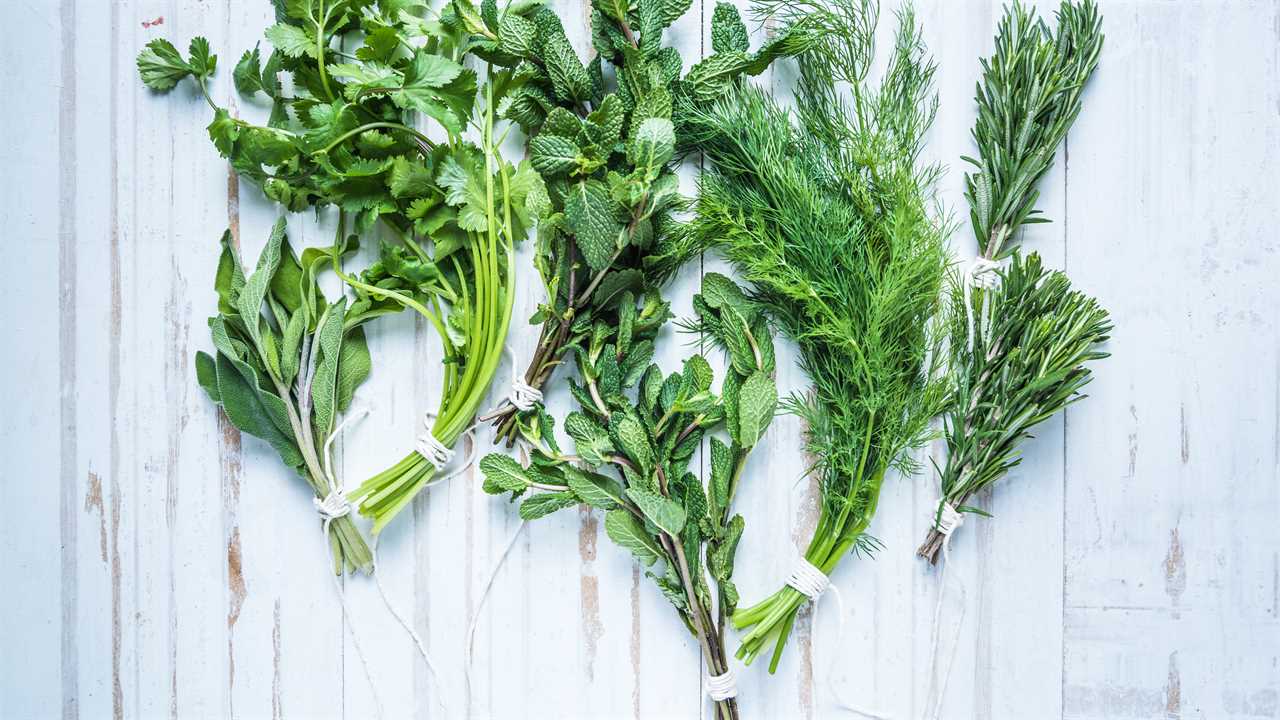 |
Apr 4, Stinging Nettle with Elise HigleyMeet Elise Higley from Oshala Farm and find out why I have so much respect for herb farmers! You'll also get Elise's recipe for Nettle Spring Tonic Vinegar |
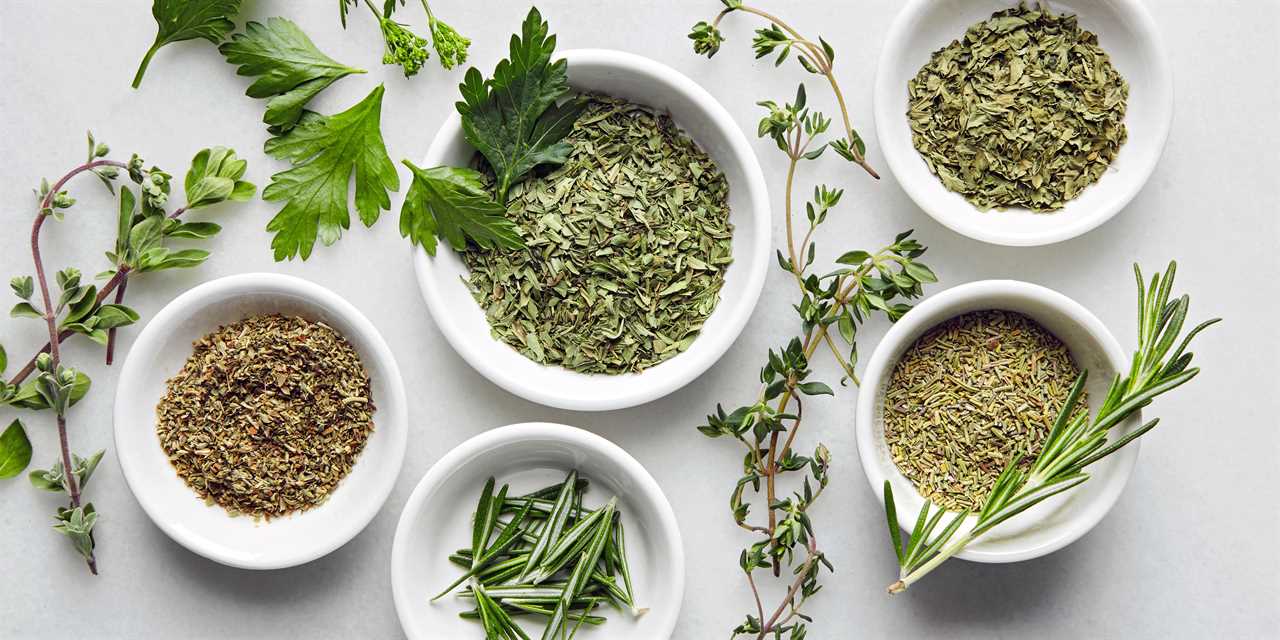 |
Mar 28, Calendula with Alex CrofootLet's hear Alex Crofoot talk about both new and familiar ways of working with this favorite (and very versatile!) plant: Calendula officinalis |
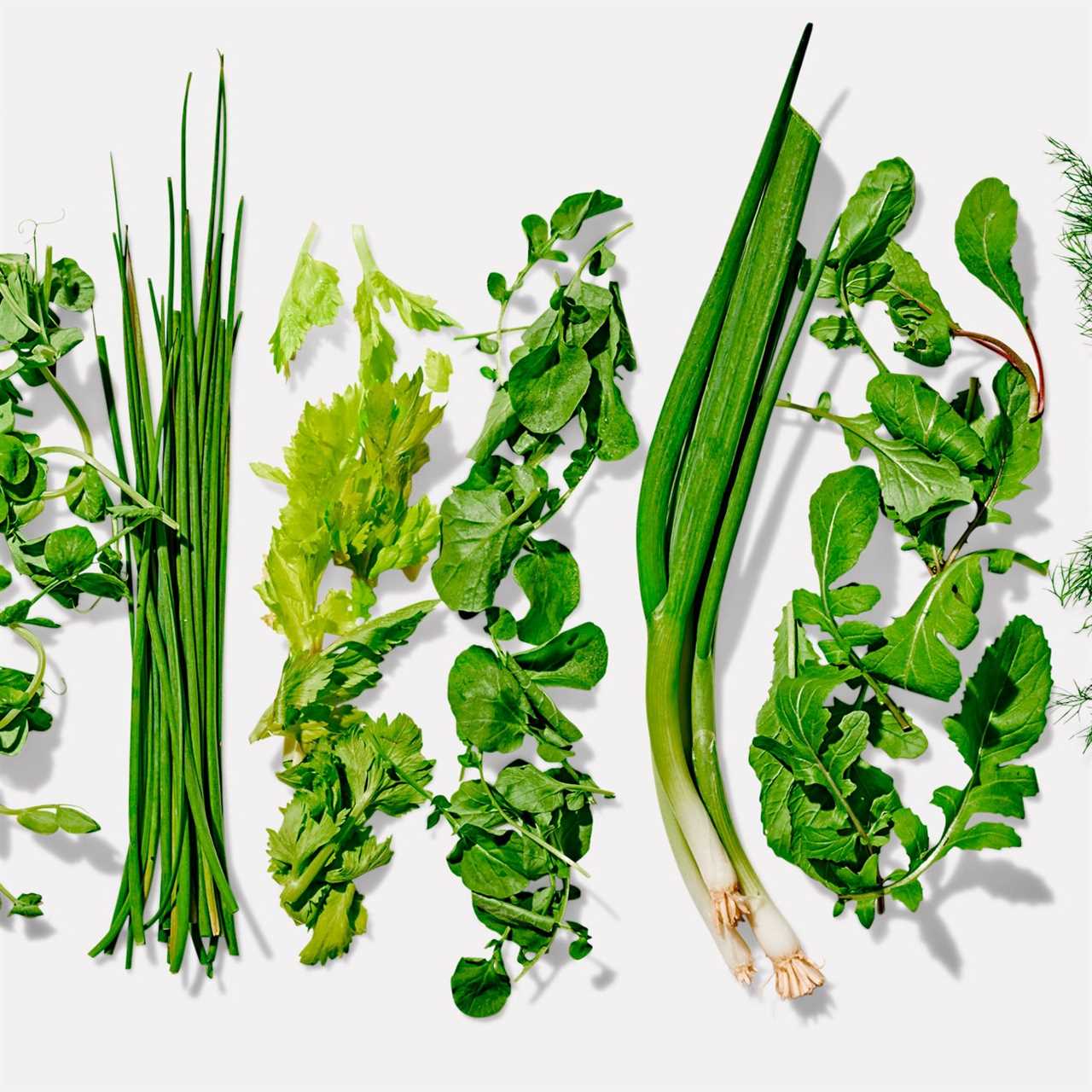 |
Mar 21, Three Common Mistakes with HerbsJoin me in this new episode as I share my three most important mistakes with herbs. I’m also sharing tips and resources to help you avoid those same potholes. |
 |
Tony Gebely · Tea Epicure · Taste DifferentlyA tea assessment platform that rates teas based on objective quality markers and a sensory evaluation resulting in a list of the best teas produced each year. |
.png)